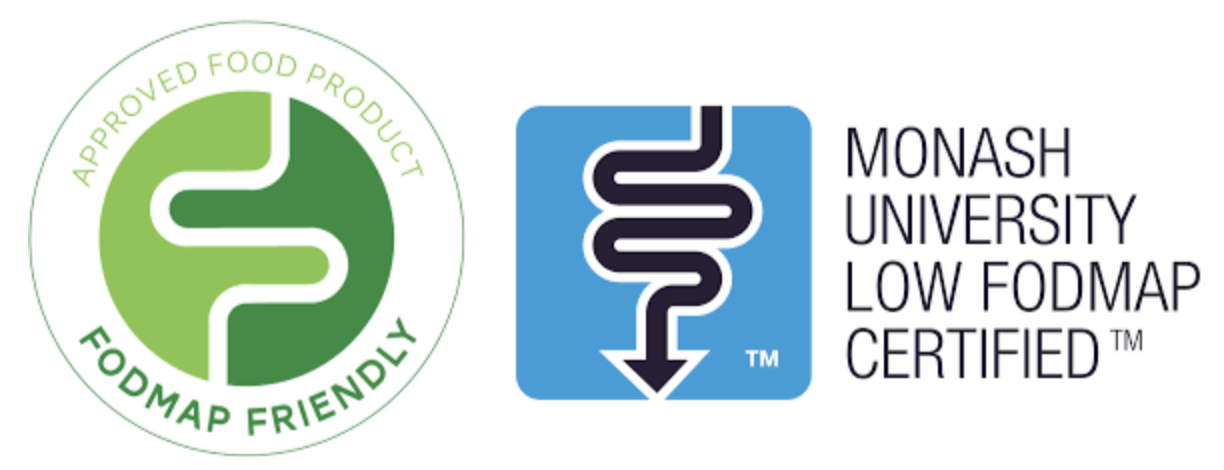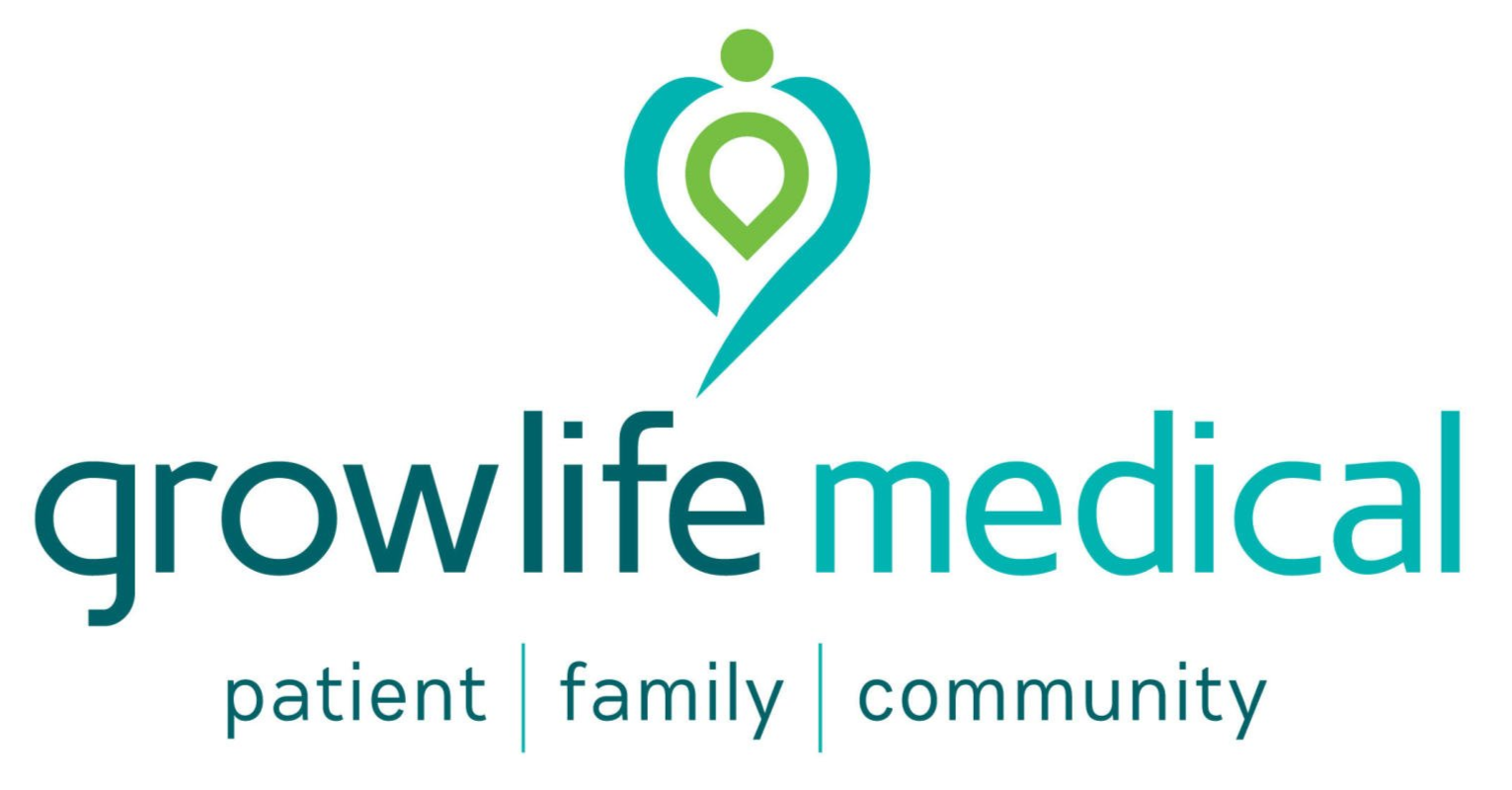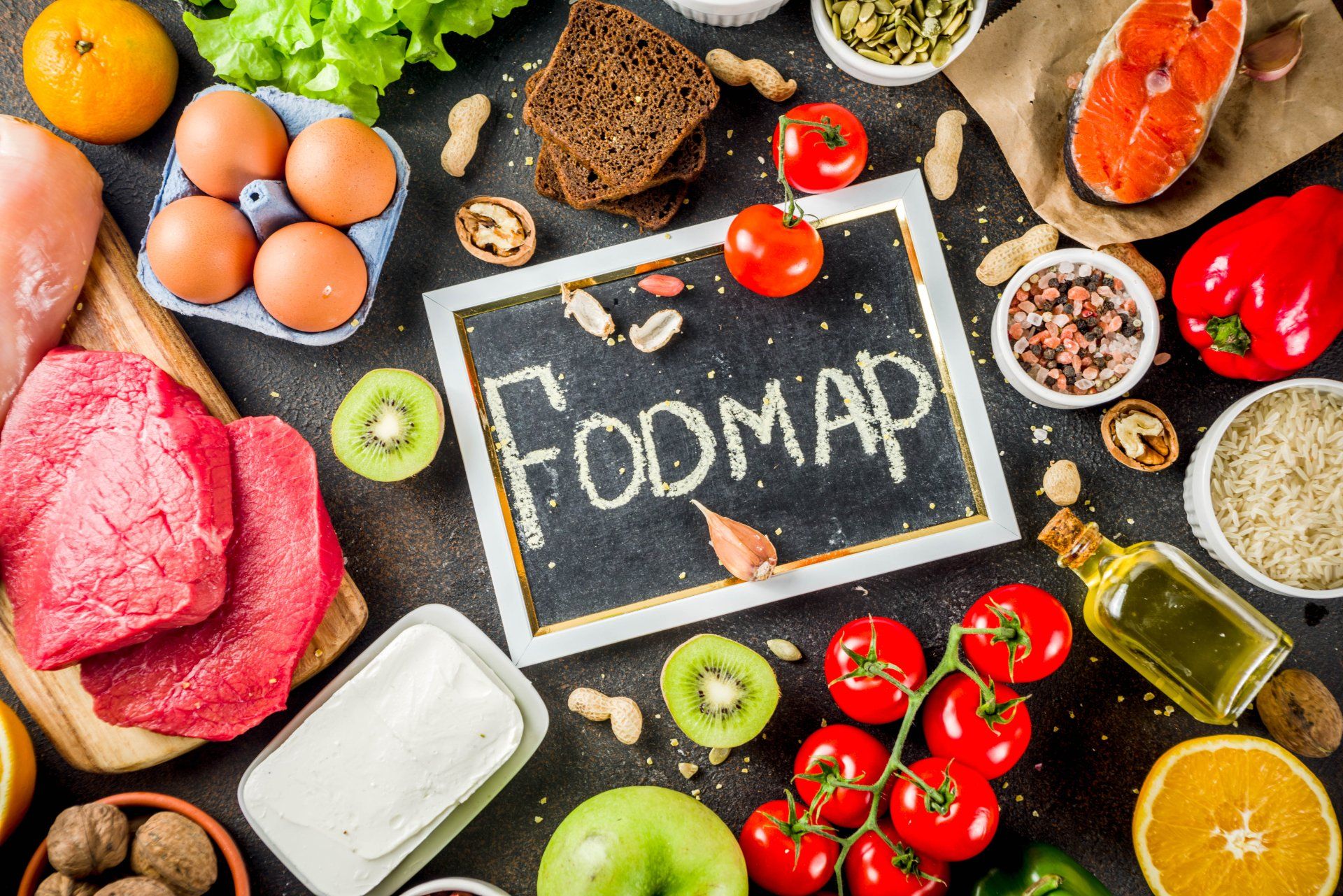Myth Busting The FODMAP Diet - Part 2
Myth One: A LOW FODMAP DIET IS A LIFETIME DIET
- The strict elimination phase of the FODMAP diet only lasts for 2-6 weeks, and should not continue beyond this timeframe. It would be cruel to expect someone to sustain this for their entire life (not to mention the nutrition concerns that would arise!).
- The purpose of this elimination phase is to gain good symptom control. If FODMAPs are the root cause of your symptoms, then removing all of them for a small period of time should remove all symptoms. After that, it is just a matter of testing which particular FODMAP groups are responsible for your specific symptom onset.
- If you are strictly adhering to the elimination phase and symptoms persist, it may indicate a FODMAPs are not the cause of your symptoms, in which other avenues should be explored.
- Remember, the ultimate long-term goal is for you to transition onto a modified and individualised FODMAP diet, which allows you to enjoy some high FODMAP foods, while keeping good symptom control.
MYTH = BUSTED
Myth Two: YOU CAN COOK WITH HIGH FODMAP FOODS THEN REMOVE THEM
- FODMAPs are water soluble - meaning they can dissolve within water-containing foods and liquids. The implication here is that you cannot just pick or strain the onion and garlic pieces out of your soup, as the FODMAPs have already leached into your meal. The safest way to ensure your meal is low FODMAP is to use low-FODMAP ingredients when you cook.
- One exception: garlic and onion-infused oils are low FODMAP. This means you can fry onion or garlic in oil for 2-3 minutes to infuse the flavours. The FODMAPS cannot leach into the oil (as there is no water content, only fat) so you can capture the flavour without the FODMAPs. Just remember to remove garlic and onion pieces before adding other ingredients.
MYTH = BUSTED
Myth Three: IF YOU HAVE ABDOMINAL PAIN, GO ON A FODMAP DIET
- The FODMAP diet is for people with diagnosed IBS, not for people who suspect they have IBS. If you are experiencing IBS-like symptoms, visit your GP and get a diagnosis! You can book here to see one of our Growlife doctors that can assist you.
MYTH = BUSTED
Myth Four: FOLLOW A FODMAP DIET FOR WEIGHT LOSS
- The FODMAP diet is not meant to restrict calories and induce weight loss. The diet should have a focus on simple food swaps and replacements to decrease FODMAP intake, as opposed to food elimination and restriction to decrease calorie intake.
- For example, have strawberries instead of an apple for morning tea (do not eliminate an apple and then wait until lunch to eat).
- However, if you are on a FODMAP diet for IBS symptom control and are simultaneously wanting to lose weight- that is a different story, and can be discussed with your health professional.
MYTH = BUSTED
Myth Five: ALL SUGARS ARE FODMAPS
- All FODMAPs are considered sugars, but not all sugars are FODMAPs. For example, table sugar (white/caster/icing) is not a FODMAP and can be eaten freely (while obviously aligning to the Australian Dietary Guidelines).
MYTH = BUSTED
Myth Six: A FODMAP DIET IS THE ONLY WAY TO MANAGE IBS
- It can be easy to think that a FODMAP diet is the only way to manage IBS, but this is very wrong. Consumption of food, although, is the most effective way, is not the only way.
- Other methods include gut-directed hypnotherapy, therapy to improve mental health, ensuring adequate sleep, stress-reduction methods, and regular physical activity. There is even evidence that doing yoga can help!
MYTH = BUSTED
Want To Know More About FODMAP Diets?
If you experience some of the symptoms discussed in this blog, it is worthwhile contacting your Growlife Medical GP to investigate the cause and come up with a suitable solution!
If you are newly diagnosed with IBS, we strongly recommend getting in touch with our dietitian to assist you in optimising your diet while minimising your symptoms.
If you are diagnosed with IBS and are trying to navigate the ‘ins and outs’ of the FODMAP diet, please use the summary of high and low FODMAP foods. For a more extensive and comprehensive understanding, a really useful tool to help you identify trigger foods is the “Monash University FODMAP Diet” app.

Other Health Articles











